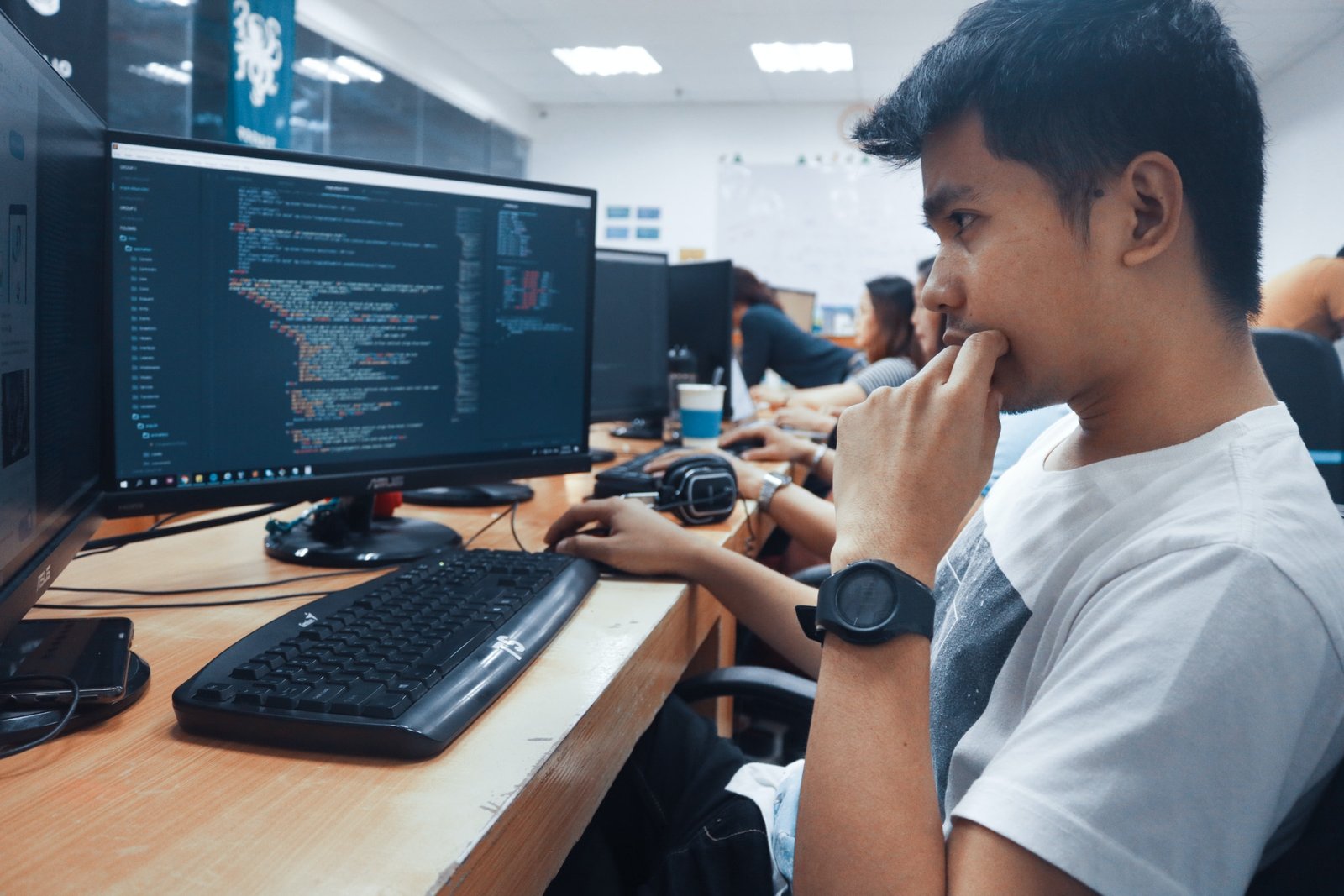
SPECIALISTERNE BUSINESS MODEL
A NEW WAVE OF IT SPECIALISTS
When Thorkil Sonne first discovered that his two years old son Lars was affected by infantile autism (same category of the Autism Spectrum Disorder or ASD), he started wondering what would it be about his future. As a matter of fact, most autistic people worldwide end up not having full-time jobs: thus, he needed to find a solution for that.
By directly observing the behaviors of his son, and by later doing the same with other young people affected by the same disorder, Thorkil soon found out common traits and latent talents. In particular, most autistic people turned out to effectively perform repetitive, high-focus tasks. That’s when an idea hit him, and that’s how Specialisterne was born.
Today, Specialisterne is an established trademark with branches in Denmark, USA, Australia and Brazil, among the others. Here, people with autism work as business consultants on tasks such as software testing, programming and data-entry, both for public and private sectors. Local branches (social enterprises) are ultimately owned by Specialisterne Foundation (non-profit organization), in what we can call a “multiple business structure“. The Foundation not only controls Specialisterne concept and trademark, but also fosters the rise of new social enterprises willing to use the same brand.
Problem in context
WHO estimates that worldwide one in 160 children has an ASD. Regardless of its causes (mostly associated to environmental and genetic factors), ASD hugely impacts on person’s educational, social and professional opportunities.
When he first dig into this subject, Thorkil noticed that most labor markets were unable to accept autistic people in their workforce. Or, at least, that’s what they were saying. As a consequence, autistic communities were often unwilling to disclose information about their diagnoses, as they were afraid of getting labeled. A vicious circle strengthening stigmas and leading to concerning unemployment rates worldwide (up to 80%).
When we interviewed Thorkil in 2016, he told us he “felt the urge to do something that was missing and solve an unfair situation“. In fact, he was among the first ones who decided to recognize autistic people for what they really are: individuals with difficulties, as well as talents and skills, just like anyone else. In order to create new work opportunities for them, he set up an IT consulting business in Aarhus, Denmark, employing people with ASD. The rest is history.

Specialisterne Business Model
As said, each Specialisterne branch leverages autistic people’s skills as competitive advantage. According to recent studies, “repetitive behaviors can help autistic people relieve sensory overload, cope with anxiety and express emotion”. At the same time, their keen eye for details and their predilection for tasks requiring seamless repetition give them concrete chances in the IT sector. That’s why Specialisterne focuses on providing a wide range of IT services (i.e. systems testing, programming, data conversion) to dozens of corporate clients around the world.
In light of that, Specialisterne business model is definitely multisided and, more precisely, a typical example of “beneficiary as employee model“. Social enterprises following this model train and employ their target beneficiaries, make their skills flourish, and later sell offerings in the open market. Plaese note that here the social program is fully embedded in the business activities. So clients directly contribute to fulfilling the social mission of creating job opportunities for the beneficiaries. When it comes to Specialisterne, the firm is able to do it by selling IT services to public as well as private companies.
De-coding Specialisterne: Social Business Model Canvas
It’s now time to better understand how Specialisterne creates, delivers and capture value. We do this by using a tool called Social Business Model Canvas. For the sake of our case study, the Canvas will describe the business model of an operating branch (not Specialisterne Foundation!).

Template adapted from © Tandemic
Without further ado, time check out the Canvas then. Ready to begin?
